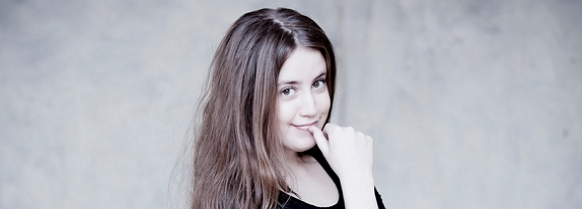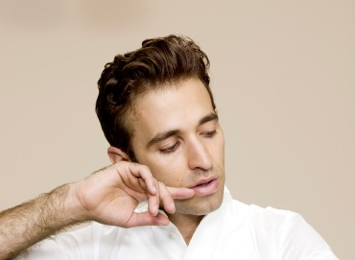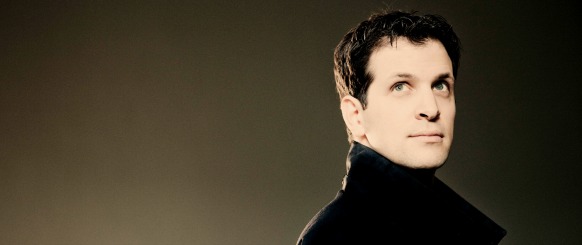Tag: Wolfgang Amadeus Mozart
-

PROGRAM NOTES: PAVEL KOLESNIKOV
Wolfgang Amadeus Mozart Fantasy in C minor K. 475 The year 1785 was a good one for Mozart. In the words of musicologist John Irving, he had become something of a ‘hot property’ in Vienna, enjoying considerable success both as a published composer and as a performing musician. But Mozart had also acquired a reputation…
-

PROGRAM NOTES: VILDE FRANG
Felix Mendelssohn: Violin Sonata in F major Mendelssohn’s E minor Violin Concerto is such an established pillar of the standard repertory that it comes as a surprise to learn that this composer also wrote three sonatas for the instrument, although these are as obscure as the concerto is popular. The first, in F major,…
-

A LETTER FROM ANTHONY ROTH COSTANZO
As I enter my 20th year of professional performance, I have been reflecting on the most resonant musical moments throughout my development as a singer. From my beginning as a Broadway baby to my now daily dances with Handel, I have realized that there is a lot of music in between those two poles which…
-

PROGRAM NOTES: ANTHONY ROTH COSTANZO
Henri Duparc was, with Berlioz and Fauré, among the pioneers of la mélodie (the French art song, as distinguished from folk song). His career was remarkable in that although he lived for 85 years, his reputation rests on barely more than a dozen songs. “Chanson triste” was Duparc’s first song, written at the age…



